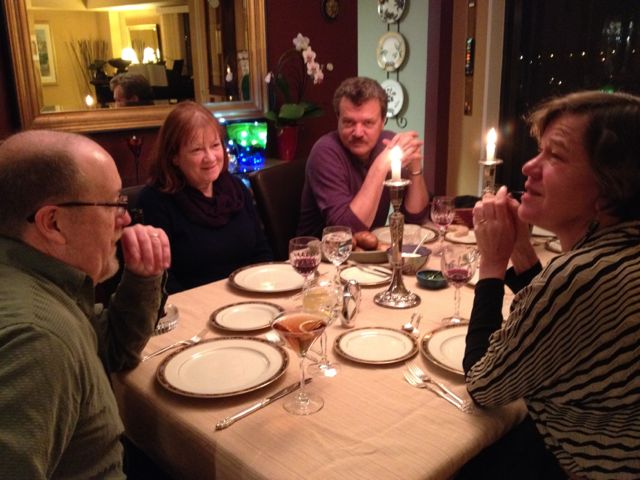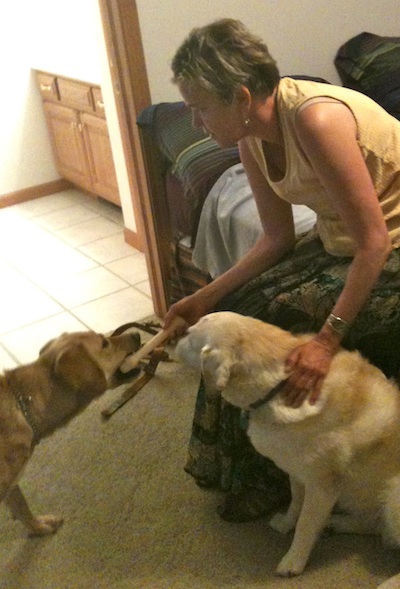Here's a cure for the winter blues
January 27, 2014 • 18 Comments • Posted in Mike Knezovich, travel, Uncategorized, writingOur flight from O’Hare to Washington, DC was cancelled Friday afternoon, but after re-booking and enduring Two additional flight delays, we finally arrived in DC at midnight.
Nine hours in an airport provides a couple with a lot of time to come up with great ideas about housekeeping, budgets, writing, Academy award nominees, work, Facebook, Hackney’s, Flo, the upcoming baseball season, the 2016 Presidential election, books, dog names, groceries, Fresh Air interviews, jazz music, bartenders, aquariums, business ideas, and…blogs!
And so, here’s the thing: Mike enjoys writing guest blog posts, and we get oodles of positive comments on my Safe & Sound blog when we publish his posts, so while sitting at Gate B19 with Seeing Eye dog Whitney lying patiently at our feet, we got to thinking, hey, why not have Mike Knezovich write a post once a week, and the decision was made. Starting February 3, 2014, readers can look forward to our Mondays with Mike segment every week on the Safe & Sound blog.
As for the weekend trip to visit our dear friends Pick an Hank in Washington, DC, the wait at O’Hare Friday was well worth it. Visits with Pick and Hank are always a joy, and the highlight of this one was dinner at their condo with mutual friends Mike and Susie Bowers. Hank prepared a fresh salad with homemade dressing, followed by scrumptious filet mignon with roasted brussel sprouts and beautiful russet baked potatoes. And then? Cheesecake for dessert. Pick provided musical entertainment, and if you link here you can hear me joining him for a blues number on the piano. It was as cold in DC as it was in Chicago over the weekend, but it’s amazing how much being with friends, and especially, playing music together, can warm the heart.




